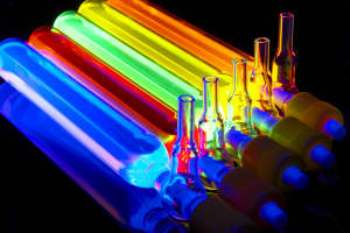Scientists at the Universities of East Anglia, Nottingham and York produced clean fuel from solar energy with the help of nanotechnology. Scientists will be displaying their research at the Royal Society’s annual Summer Science Exhibition.

Scientists of the consortium at UEA have established a method to generate hydrogen from water. This technology could be used, in future, in the production of fuel for hydrogen-powered cars. The scientists have plans to utilize the technology to generate other fuels and feedstock chemicals, including the conversion of carbon dioxide into carbon monoxide and methane into liquid methanol.
Professor Wendy Flavell of the University of Manchester’s Photon Science Institute is working with her coworkers to develop nanotechnology-based solar equipment with quantum dots, which are small groups of semiconductors that absorb sunlight. With the absorption of sunlight, charged carriers are generated. When the catalyst molecules are grafted to the dots surfaces, new fuel is produced, which results in the production of hydrogen from water.
Professor Flavell and her group will showcase an interactive world map to demonstrate the amount of energy provided by the sun for children and other guests. They also get to witness how quantum dots function, and how the color of light absorbed or given out changes by varying the size of the dots. A solar cell that separates hydrogen from the generated electricity will be showcased at the exhibition. Visitors can drive model cars that are either powered using solar energy or hydrogen.
The University of East Anglia’s Professor Chris Pickett stated that developing catalytic equipment which harness light energy from photovoltaic materials or quantum dots to produce synthetic fuels from carbon dioxide or water can be termed as artificial photosynthesis.